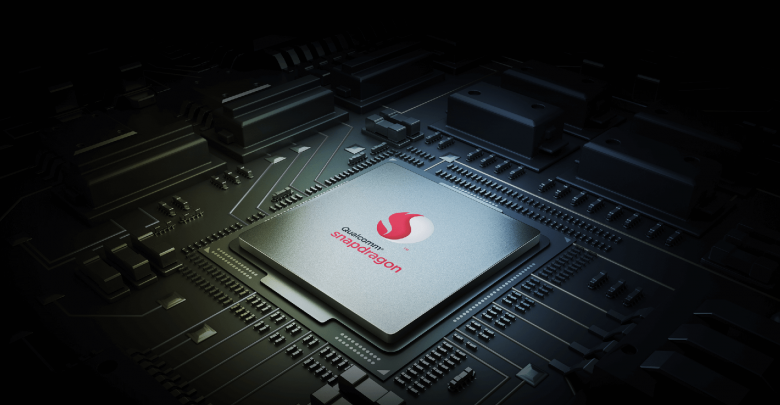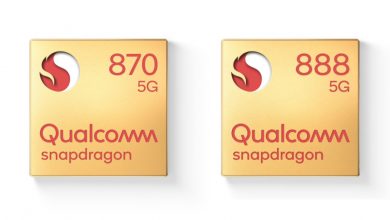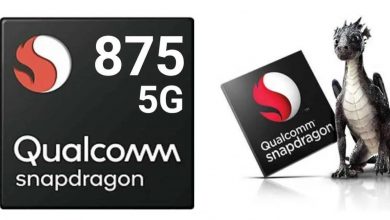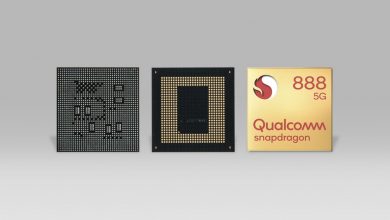
Snapdragon 8cx Gen2 processor for Windows 10 on ARM debuted in 2020 and Qualcomm is already working on a successor codenamed “SC8280XP”. A processor going by the aforementioned name has appeared in developer samples and Apple M1-rival is early in development, judging by the information available in internal documents.
The unnamed Snapdragon chipset could be the first where Qualcomm moves away from a combination of high-performing and energy-efficient cores. Instead, there might be future SoCs where all we get are high-performance cores running at different clock speeds. On this occasion, WinFuture reports that the Snapdragon SC8280 is currently being tested with four Gold+ and four Gold cores.
The chipset is still closely related to the Snapdragon 8cx, but we should expect some hefty single-core and multi-core improvements. After all, the M1 comfortably beats the Snapdragon 8cx, even when running in Windows virtualization mode, where the M1’s performance is reduced by a decent margin, so Qualcomm will be looking to top that or match those numbers. The Gold+ cores are apparently running at 2.70GHz, while the Gold cores are operating at 2.43GHz.
In some samples, Qualcomm is testing clock speeds of 3.00GHz, possibly to set the best limit that delivers optimum performance without sacrificing battery life. Remember, Apple’s M1 chip allows the new portable Macs to have battery life in high double-digits, so Qualcomm will likely want to achieve the same figure, or at the very least, close to it without engineering a chip that feels sluggish when running a CPU intensive task in Windows 10.
Fortunately, it looks like Qualcomm’s M1 competitor will be able to cleverly adjust its performance and efficiency profiles thanks to an integrated NPU. According to the latest report, this NPU should be able to work up to 15 TOPs. Sadly, there is no word on which company intends to use this Snapdragon chipset and which device would be the first to showcase what it is capable of.
What we do know is that Qualcomm is testing it in machines that feature 32GB of RAM and 14-inch displays, suggesting portable notebooks will be running the silicon. We are excited to see what this new Snapdragon member will be capable of and if you too, be sure to let us know down in the comments on what you think so far.





